10 Cool Hacks to do with Kali Linux
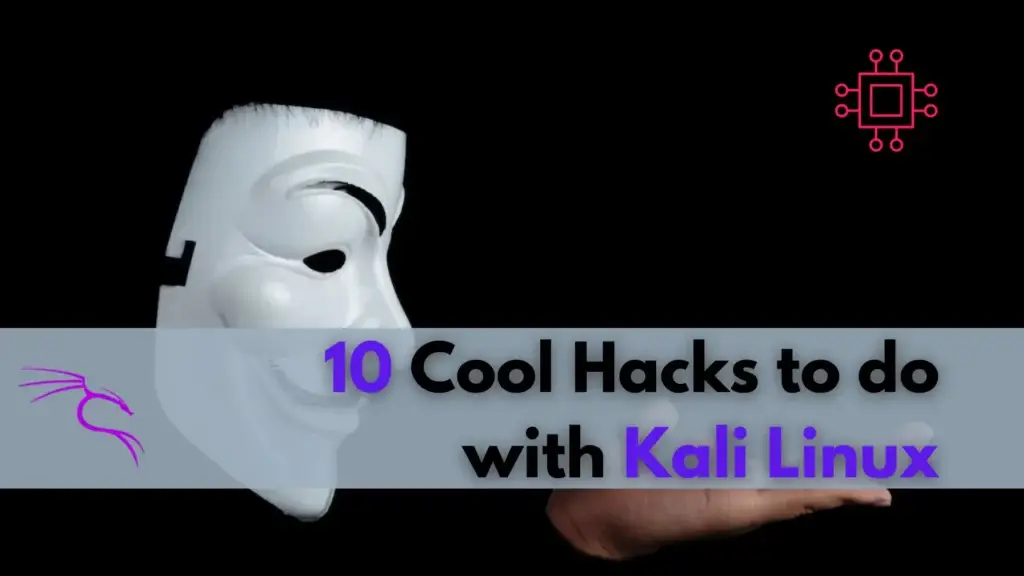
In this blog post, we’ll explore 10 cool hacks you can perform with Kali Linux, from basic tasks to more advanced techniques. Table of Contents Introduction In today’s digital age, cybersecurity is paramount. Whether you’re a cybersecurity professional, an ethical hacker, or just someone curious about the world of hacking, Kali Linux is an indispensable […]
10 Major Differences Between Red Hat and Kali Linux
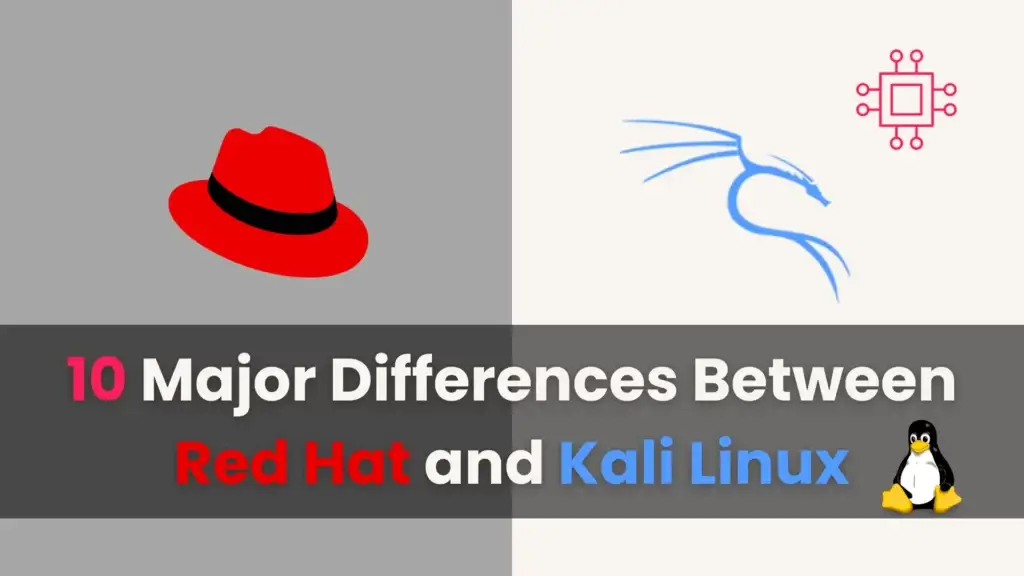
In this blog post, we’ll delve into the 10 major differences between Red Hat and Kali Linux, shedding light on their unique features, use cases, and target audiences. Table of Contents Introduction In the expansive realm of operating systems, the sheer variety of options can often leave users bewildered. Yet, amidst this sea of choices, […]
Install Kali Linux on KVM
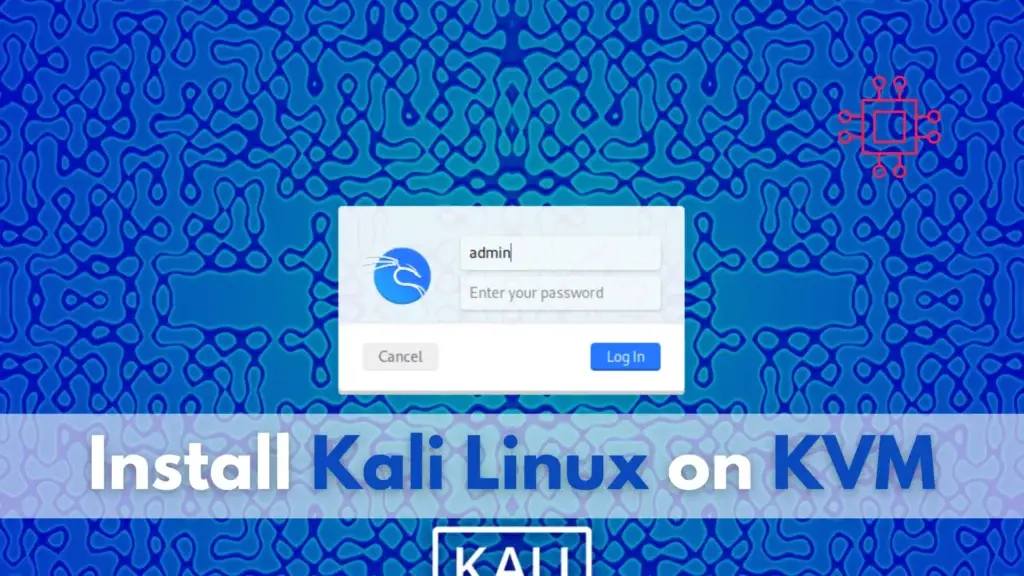
In this tutorial, we’ll guide you through the step-by-step install of Kali Linux on KVM. The process is super simple, and we’ll present it in a format similar to the one used in the “Install RHEL9 on KVM” article. Table of Contents Introduction Installing Kali Linux on KVM (Kernel-based Virtual Machine) allows you to set […]
Install LAMP Stack on Ubuntu 23.10

In this comprehensive guide, we’ll explore step-by-step how to install LAMP stack on Ubuntu 23.10, ensuring you have the foundation to power your web projects efficiently. Table of Contents Introduction When it comes to web development, having a robust server environment is crucial. Among the myriad of options available, the LAMP stack stands out as […]
Install ELK Stack on RHEL9 or CentOS9

This guide aims to equip you with the knowledge needed to install ELK stack on RHEL9 | CentOS9 effortlessly. By following these steps, you can harness the power of Elasticsearch, Logstash, and Kibana to streamline your data management and analysis processes. 💡NOTE: This article covers the most recent releases of Elasticsearch, Logstash, and Kibana, which, […]
Install NICE DCV on CentOS9
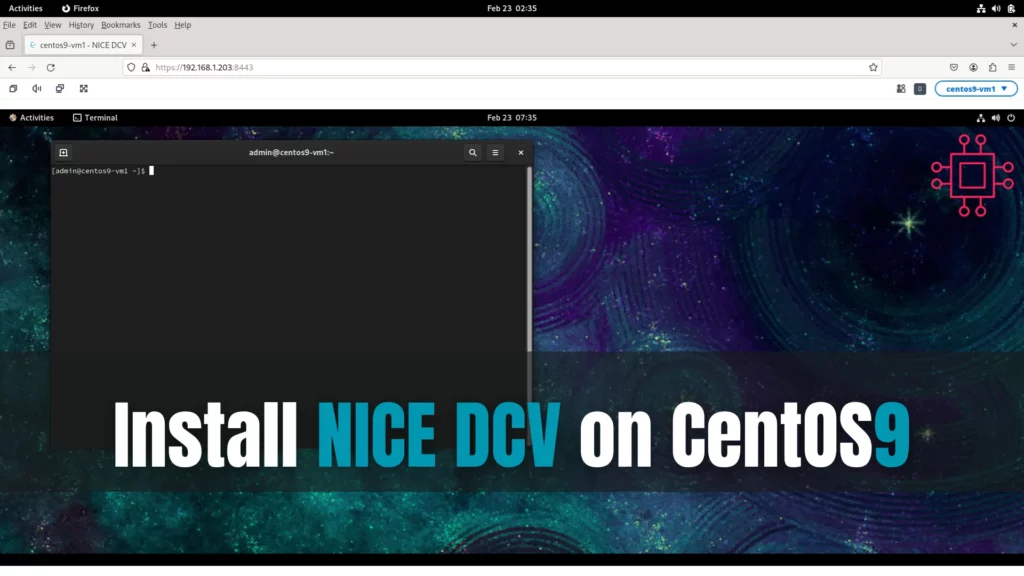
This article examines how to install NICE DCV on CentOS9 and it’s written to accommodate a virtual instance without an NVIDIA graphics card installed. Table of Contents Introduction In today’s interconnected world, remote access to graphical applications is becoming increasingly vital. Nice DCV (Desktop Cloud Visualization) is a powerful solution that enables remote access to […]
Installing Podman on Ubuntu 22.04
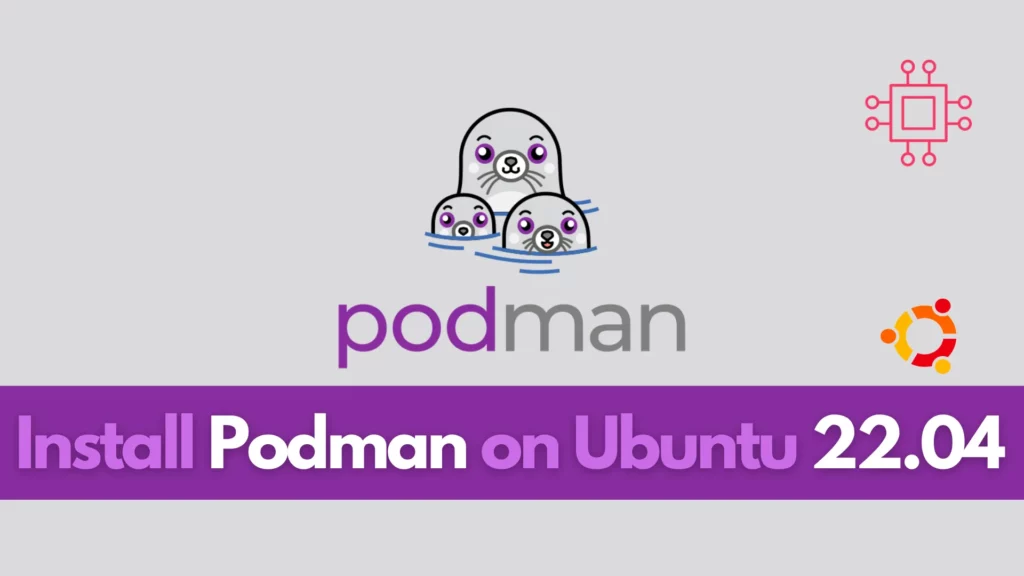
In this comprehensive guide, we’ll walk you through the step-by-step process of installing Podman on Ubuntu 22.04, empowering you to leverage its capabilities for your projects. Table of Contents Introduction As containerization continues to transform the landscape of software development and deployment, Podman emerges as a powerful alternative to Docker. Podman provides a lightweight and […]
Installing Chromium on Fedora 37: A Comprehensive Guide

In this guide, we’ll walk you through the step-by-step process of installing Chromium on your Fedora 37 system, ensuring you’re equipped with the latest features and security updates. Table of Contents Introduction In the world of web browsing, Chromium stands out as a robust, open-source project that forms the foundation for many popular browsers, including […]
Creating and Deploying LAMP stack on Minikube
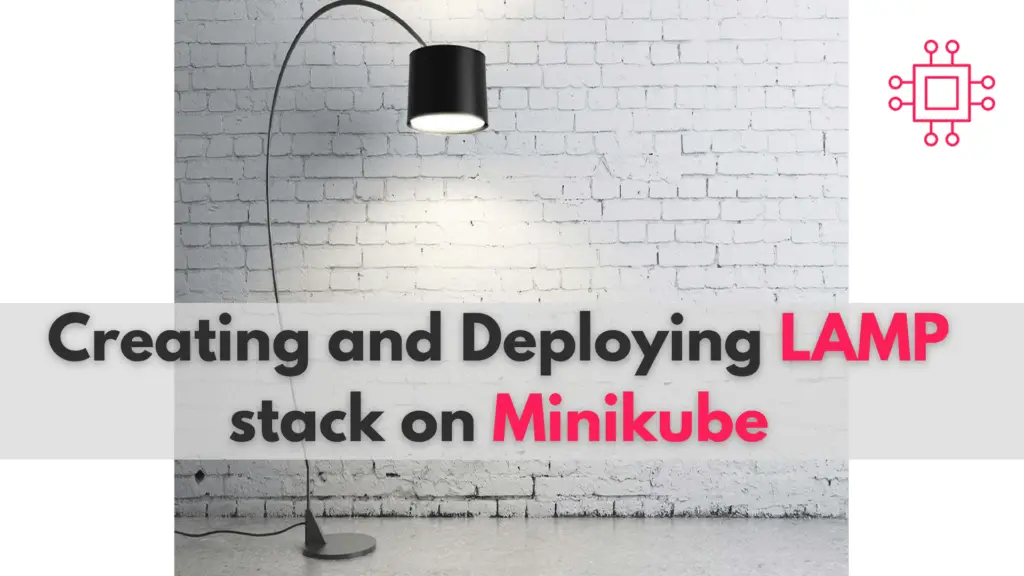
In this comprehensive guide, we’ll walk you through the process of creating and deploying a LAMP stack on Minikube, a tool that enables you to run Kubernetes clusters locally. Table of Contents Introduction In the fast-paced landscape of modern technology, Kubernetes has emerged as the de facto standard for managing containerized applications at scale. Its […]
10 Major differences between Ubuntu 20.04 and Ubuntu 22.04
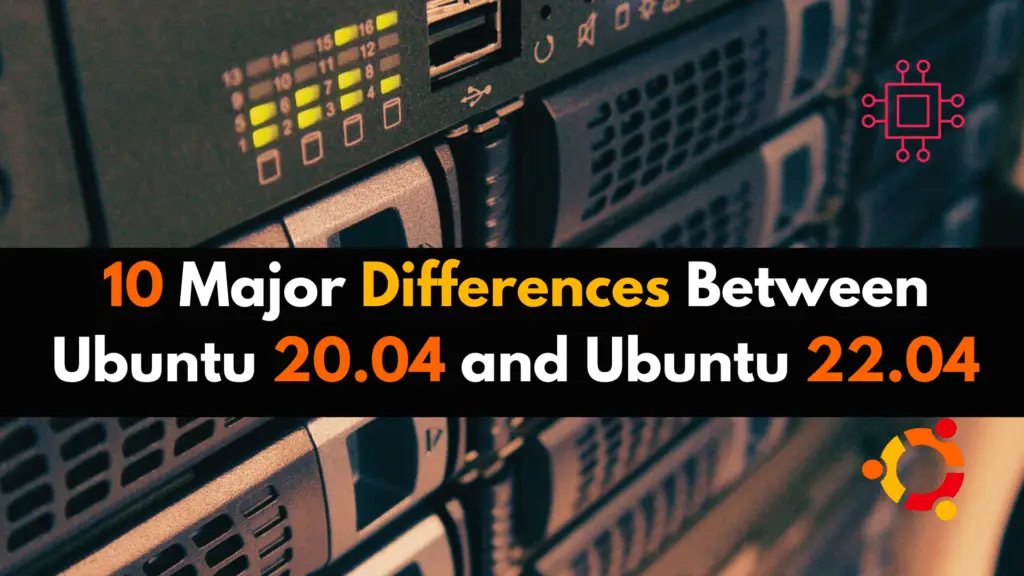
In this blog post, we’ll explore the 10 major differences between Ubuntu 20.04 and its latest iteration, Ubuntu 22.04, shedding light on the advancements that await users. Table of Contents Introduction Ubuntu, one of the most popular Linux distributions, has undergone significant evolution over the years. With each new release, users anticipate fresh features, enhanced performance, […]
